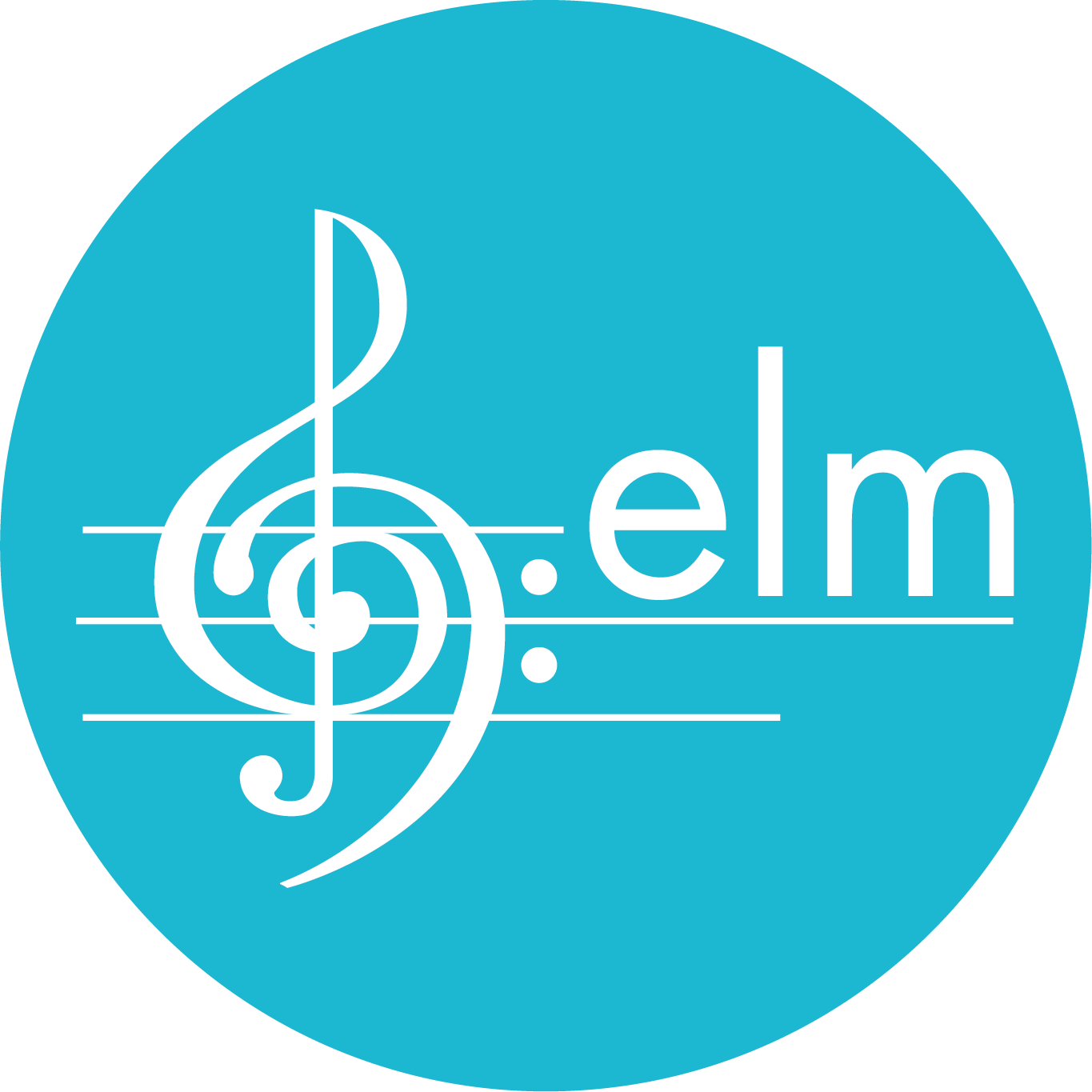REFLECTIONS ON RESILIENCE
By Kate Fitzsimmons
Exploring family stories through music can be a powerful tool to discover the connection between culture and music. ELM is always exploring techniques to engage children in music education and finding ways to honor cultural diversity.
An exciting project that ELM is embarking upon this year is the Carnegie Hall-funded Reflections on Resilience.
For ELM’s Resilience Project, 24 middle and high school elmCATS students interviewed family members and elders about their earliest musical memories and the events surrounding them. These stories and musical treasures will be woven together into a unique musical quilt and performed by the larger ELM community, demonstrating how the passage of music across generations and cultures both represents and promotes resilience.
During these Zoom interviews, students learned about the context in which these memories took place and recorded melodies and songs that were important to their families. Through this process, the students learned interviewing and research skills, as well as the technical skills needed to record and capture video segments. In this multi-modal process, students created artwork and journaled about their experiences, while a facilitator helped elicit their feelings and experiences.
The award-winning Venezuelan-Spanish composer, Giancarlo Castro D'Addona (GC), and his wife, accomplished Venezuelan violinist, Marian Gutierrez-Curiel (MG), embraced this project from the beginning, eager to explore the songs and melodies from the students’ families’ heritage. Giancarlo will gather these musical treasures and stories, with input from the students, creating a musical quilt of a composition as a tangible and historical piece of art the students can cherish for years to come.
Below are excerpts from my interview with Giancarlo and Marian.
What was the experience of hearing the interviews and music for the first time?
(MG) “I read the interviews, but it wasn’t until I heard the interviews, that it stopped me. I felt the tone of their voices change as they spoke, I connected. I heard a song. I remembered parts of it, though not the name. Later, I called my dad. I’m very close to my family, so I asked him. He knew the song and told me that, when I was 3 or 4 years old, I would dance to that song. Then I remembered. Sharing that memory with my family gave me such an experience.”
Were you surprised by your reaction?
(MG) “I didn’t expect it. It was like a box opened up in front of me and out came things I never even knew I needed.”
Can you describe how you are collaborating with the students on this project?
(GC) “The students’ ideas are very important to me, to get their input and to get a sense of how to put those ideas together in one musical piece…The first stage of the project was already done by the students who collected all the information. When we visited ELM, I started with the material they sent to me and then we talked about making the structure in terms of the themes and phrases we discovered. Then we also moved into improvisation, began to make melodies, discovered the mood of the piece, and how long it will be. The students participated in every aspect of the process, so the final composition reflects all of their ideas.”
Were there any surprises for you?
(GC) While most of the students are from different regions of Mexico, Guatemala, and El Salvador, we were not surprised to find most of the music from these areas. However, a strong theme revealed in one of the workshops is the musical influence of the Beatles on the lives of most of the families – immigrants and native-born alike – proving that music is a language all its own.”
You can hear the final composition, which will be conducted by the composer at ELM’s spring concert on June 5th. Details on location and time will be forthcoming.



